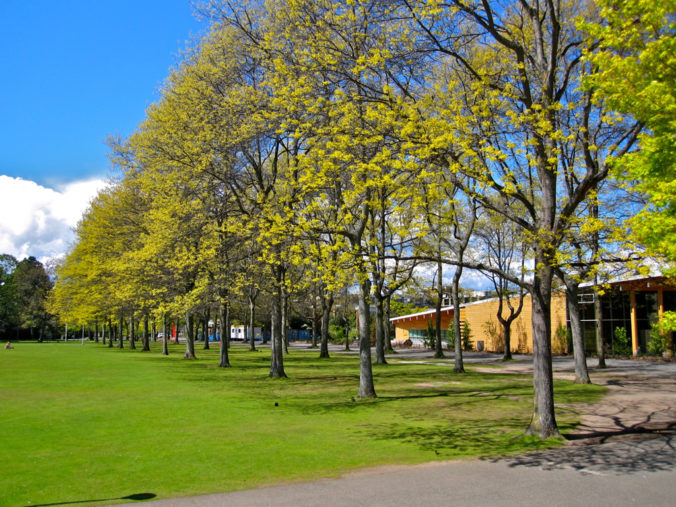- What does it mean to network using social media?
Social media today has become a large factor of how we communicate with others. Social media allows for us to effectively share our ideas, thoughts and opinions online for others to comment, repost and like. Networking with social media can come in many forms such as posting, messaging and live streaming. Social media is even used to network in professional settings with platforms such as LinkedIn, Facebook, Instagram, Discord and Slack. These array of platforms is the fastest best means to communicate whether it is for a social or business purpose.
- How are we motivated to participate in networked publics?
We are inclined to participate in networked publics because they allow us to gather for social, cultural, and civic purposes and help us connect with people that are not just our family and friends. People are motivated to use these networked publics because it is a quick and easy way to bounce ideas, share opinions and learn by exchanging information. Good examples of networked publics are public Facebook groups or Discord servers where people can openly join then express their ideas in a shared space. Another reason these networked publics are so popular is because it is easy to find people with similar ideas, beliefs or interests by just joining a group of that topic.
- What are the risks & rewards of public communications?
Public communications come with large risks and rewards for the user. Public communications can have a positive impact by enhancing our communication by increasing the speed and negating many communication barriers. Though these same communications can make it so “our data also provides a probabilistic image of who we are based on comparisons to other people.”(Boyd 2012). Another risk to public communications is privacy as once photos and text are online they are hard to permanently erase from the online world. Public communications and social media can also make the users addicted. Social media has another form of risk where the social media platforms collect your data and can sell it or send you advertisements depending on what you like to see. The rewards of public communications are plentiful as there is no comparable learning, connecting and networking platform available.
References:
Boyd, D. (2012). Networked Privacy. Vol. 10 No. 3/4 (2012): Open Issue. https://doi.org/10.24908/ss.v10i3/4.4529


Recent Comments